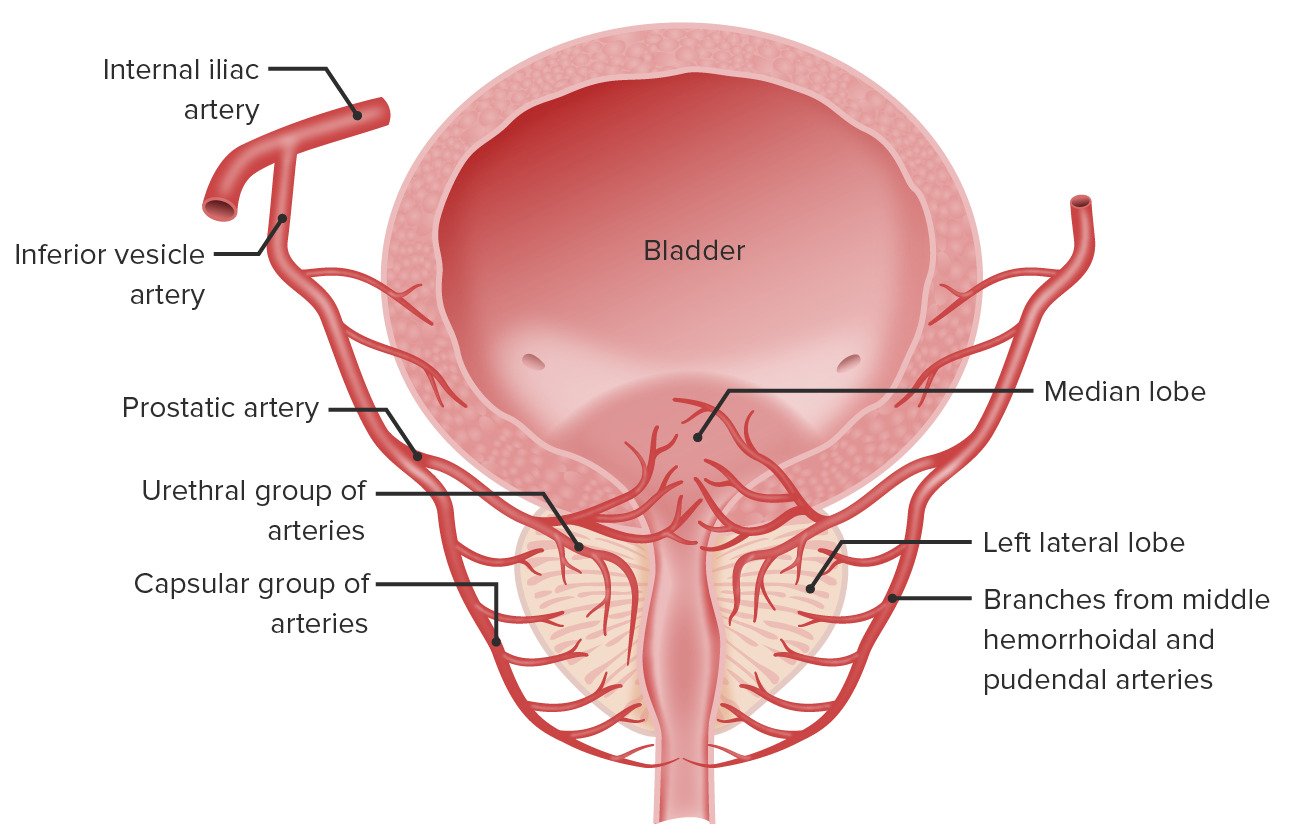Playlist
Show Playlist
Hide Playlist
Leydig and Sertoli Cells
-
Slides Reproductive Hormonal Pathophysiology.pdf
-
Download Lecture Overview
00:00 Let’s talk about the Leydig cell and Sertoli cell in greater detail. LH receptors are located on the cell membrane of your interstitial cells of Leydig. Picture that. Outside of the testis, superficial, outside of the blood-testis barrier, better said. When occupied with LH, these receptors through cyclic AMP, GS is then going to convert your cholesterol into the beginning process of your gonadal hormones. Let me show you something else. 00:31 You’ll like this. In your body, two major places, male or female but more so male obviously. Two major places where androgens will be coming out of. One obviously will be the Leydig cell. Number two, what part of adrenal cortex? Reticularis, reticularis. The only path of the adrenal cortex that the gonads are going to utilize will be the reticularis. 01:00 Cholesterol, pregnenolone, here we go. You’re going to produce your testosterone. An increased amount of this hormone precursor results in increased synthesis and secretion of testosterone. Circulating testosterone is absolutely necessary for you to have proper spermatogenesis. That testosterone is going to then provide negative feedback signal to both the hypothalamus, what’s coming out of there, for this axis. From henceforth, let me ask you to do something else for me pathology wise. You’re going to group together hypothalamus and pituitary. 01:34 You must. At some point, these two organs up in the head will be called gonadotropic. What is a testis? A gonad. 01:45 So right now, if you know what I’m referring to pathology-wise, fantastic. If you don’t, it’s okay. At this point, work with me. I haven’t led you astray and I’m definitely not going to do that now. You have the head at the gonadotropic gonad and there’s a feedback mechanism constant, constant. We’ll talk more about that. Understand it here. 02:06 What I’m saying is testosterone, negative feedback for both hypothalamus and anterior pituitary, GnRH, and LH and FSH. 02:19 Much of the testosterone is synthesized with the Leydig cell. Where does it go? Most important target will be the Sertoli cell. 02:26 Why? Because of spermatogenesis. Is it possible that it might enter circulation? Oh absolutely. And what’s the name of that enzyme that converts your T, testosterone into DHT? 5?-Reductase. Now that you’re inside your Sertoli cell, you need to keep it there. 02:48 How do you keep it there? The Sertoli cell produces androgen-binding protein. The protein is reabsorbed and destroyed by epididymis. You have FSH in conjunction with testosterone which increases the protein. What protein am I referring to? ABP, androgen-binding protein. Where are you right now? Are you in the Leydig or Sertoli? Sertoli. What is your primary responsibility? To mature sperm. You must keep the testosterone. The concentration of testosterone in the testis is 50 times greater than that of the blood. Common sense. That is the target. That’s the objective.
About the Lecture
The lecture Leydig and Sertoli Cells by Carlo Raj, MD is from the course Reproductive Hormone Disorders.
Included Quiz Questions
Which one of the following pairs is INCORRECT?
- Inhibin B, Leydig cells
- Spermatogenesis, Sertoli cells
- Testosterone, Leydig cells
- FSH, Sertoli cells
- LH, Leydig cells
Customer reviews
5,0 of 5 stars
| 5 Stars |
|
5 |
| 4 Stars |
|
0 |
| 3 Stars |
|
0 |
| 2 Stars |
|
0 |
| 1 Star |
|
0 |




